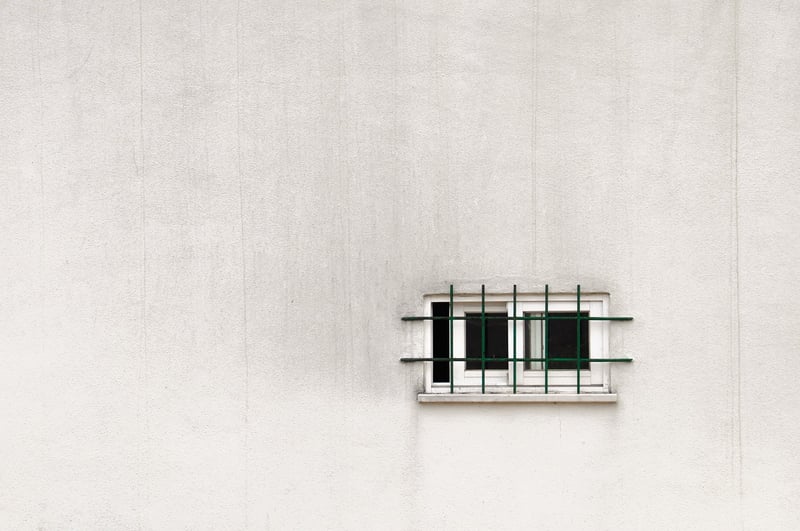Sunlight Requirements
Keeping Your Vertical Garden Healthy: Sunlight Requirements

Introduction
Vertical gardens are a fantastic way to bring greenery into small spaces and add a touch of nature to your surroundings. To ensure your vertical garden thrives, it's crucial to understand the sunlight requirements of your plants.
Sunlight Needs
Most plants require sunlight to carry out photosynthesis, a process vital for their growth and development. When it comes to vertical gardens, the amount of sunlight your plants receive can significantly impact their health.
Types of Plants
Before setting up your vertical garden, consider the types of plants you want to grow. Some plants thrive in direct sunlight, while others prefer shaded areas. Choose plants that are suitable for the amount of sunlight your vertical garden will receive.
Light Requirements
Typically, plants are categorized based on their light requirements:
- Full Sun: Plants that need at least 6 hours of direct sunlight per day.
- Partial Sun/Partial Shade: Plants that require 3-6 hours of sunlight per day.
- Full Shade: Plants that can thrive with minimal or no direct sunlight.
Tips for Sunlight Management
- Observe the sunlight patterns in your space to determine the best spots for your vertical garden.
- Rotate your plants regularly to ensure they receive uniform sunlight exposure.
- Use reflective surfaces to redirect sunlight to areas that might be shaded.
- Consider installing artificial grow lights for plants that require more light than your space receives naturally.
Conclusion
By understanding the sunlight requirements of your plants and implementing proper sunlight management techniques, you can keep your vertical garden healthy and thriving. Remember to monitor your plants regularly and adjust their placement as needed to optimize their growth.
For more tips on vertical gardening, check out our Vertical Gardening Guide.
